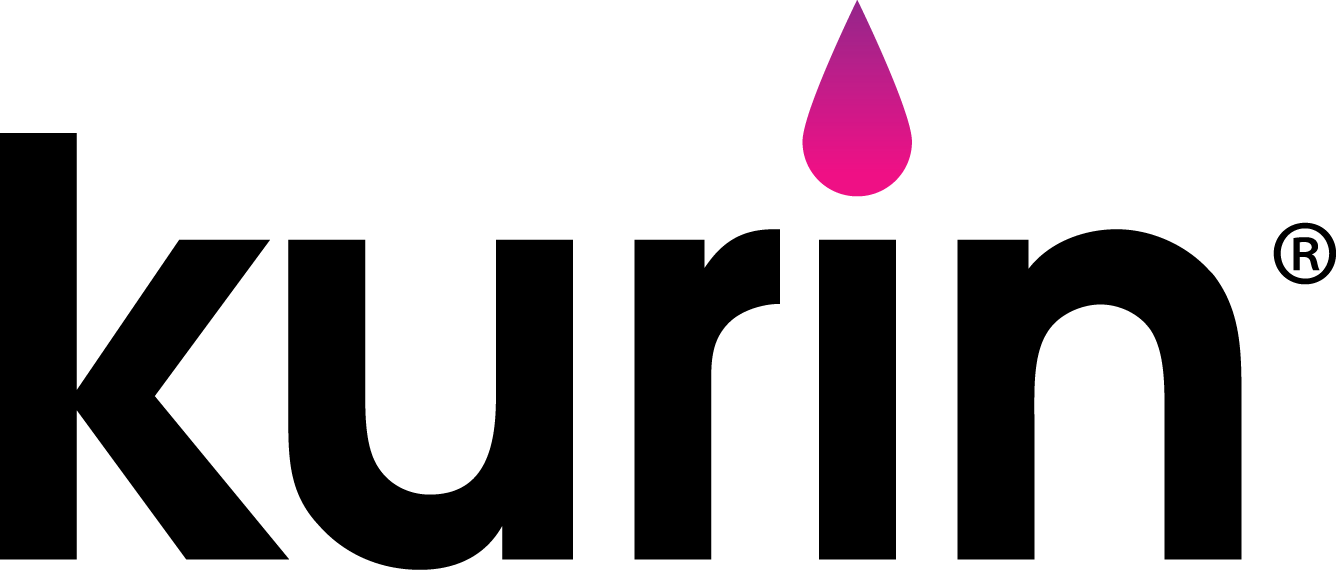Effect of Kurin on blood culture contamination rates and cost savings
Patricia Le, Anita Smith, Joyce Pazhayattil, Ryan Walters, and Stephen Cavalieri from CHI Health – Creighton University Medical Center, Bergan Mercy, Omaha, NE
Background
Blood cultures are susceptible to contamination with skin commensal organisms. Contaminated blood cultures cost hospitals $4,000 to $10,000 per patient and extend hospital stay by 1 to 8.4 days. Initial specimen diversion devices (ISDDs) function by diverting a small volume of initial blood into culture bottles. Our study assesses blood culture contamination rates and associated cost savings of multiple Catholic Health Initiatives (CHI) sites using Kurin®, which diverts 0.15 mL of initial blood drawn, compared to the standard blood collection method, which uses a butterfly needle and chlorhexidine without any blood diversion.
Design
We performed a retrospective study between October 2022 and September 2023 across Creighton University Medical Center, Lakeside, Immanuel, Midlands, and Mercy Council Bluffs Hospital. Contamination rates were stratified by Kurin® use and presented as percent alongside an Agresti-Coull confidence interval. Contamination rates were compared between Kurin® and standard method sets both overall across all facilities and within each individual facility using the log binomial regression model. All analyses were conducted using SAS v. 9.4 with two-tailed p < .05 used for statistical significance. The cost savings and reduction in contamination rates after Kurin® implementation were calculated. The cost of supplies was $17.50 compared to its standard method counterparts of $1.95. We estimated the cost of contaminated blood culture per patient as $4,538 (from a 2022 study by Marcelino et al.).
Results
There was a total of 13,801 blood draws from the standard method and 15,011 blood draws from Kurin®. Kurin® averaged 47% lower risk of contamination compared to the standard method (95%, CI: 38.8-54.0%, p < 0.001). The average blood culture contamination reduction rate was 1.9% for the sites that showed statistically significant reduction (see Table). When projected over 12 months, the estimated total cost savings was $1,063,967.
Conclusions
This study is the first to evaluate blood culture contamination rates before and after Kurin® use across multiple departments while previous studies studied only the emergency department. A 2023 review paper by Mohajer and Lasco found that four of nine studies found reduction in contamination rate to less than or equal to 1% after Kurin® implementation. Future studies could stratify contamination rates between staff such as nurses and phlebotomists and departments such as the emergency department and intensive care unit.
Read full text here
